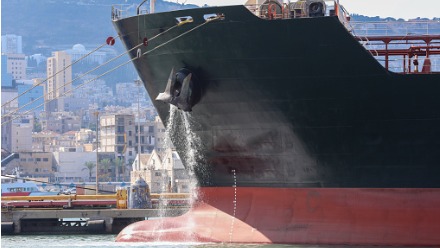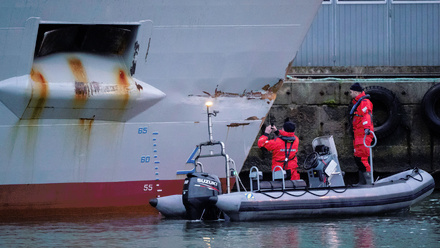5 key changes in the updated GENCON charter contract
A recent update to the GENCON charter contract reflects the increasingly complex responsibilities of ship owners and charterers
The Baltic and International Maritime Council (BIMCO) first introduced the GENCON charter contract in 1922. It has been used as the principal charterparty in the general cargo and dry bulk trades ever since, and covers the provision of ship services in exchange for freight. It was revised and modernised in the GENCON 1994 contract. Both of these charterparties were relatively simple contracts that could be easily adapted for many different dry trades and cargoes.
In the almost three decades since those revisions, ship operations and the responsibilities of owners and managers, and their charterers, have changed dramatically. It became increasingly evident that the straightforward contract was no longer fit for purpose, as shipping lawyers incorporated a substantial and growing number of additional and rider clauses. Many of these involved environmental stewardship, safety, and the relative responsibilities of shipowner and charterer.
As the GENCON 2022 drafting team began to draw up revisions, it became clear that the relative simplicity of the 1994 contract was no longer suitable for more complex ship operations, and a more comprehensive cargo contract was required. Here are five of the most important changes in GENCON 2022:
- Clause 1 has been altered. This relates to the absolute obligation on the owner to commence the approach voyage by a date when it is reasonably certain that the ship will arrive at the loading port on or around the Expected Ready to Load date. This is now subject to an exception if the vessel “is prevented or hindered by events beyond the Owner’s control.”
- Clause 2 covers significant changes in owner’s responsibility. GENCON 2022 does not specifically incorporate the Hague-Visby Rules (HVR) on the international carriage of goods by sea, but it has been adapted to give owners the benefits of these rules.
However, under the BIMCO contract, an owner has an obligation to provide a seaworthy vessel “at the commencement of each cargo loading” and “at the commencement of each cargo-carrying voyage”. Under HVR, the obligation on the owner to exercise due diligence applies “before and at the beginning of the voyage.” - Clause 3 defines the parties’ responsibilities for cargo-related issues and involves the charterer taking responsibility for meeting a series of regulations set out for shipowners. Examples include cargo documentation, the delivery of cargo to more than one receiver, cargo discharge at more than one berth, short cargo deliveries, fines and legal costs.
- Clause 4, which in the earlier GENCON contract was Clause 5, assigns the responsibility and cost of loading and discharging operations to the charterer, although cargo operations must still be conducted under the supervision of the ship’s Master. Experts say that this may lead to conflicts of interest: for example, if cargo is loaded in a way that affects the seaworthiness of the ship, whose responsibility is this? Another issue is the laying of responsibility for damage to a ship’s hold, which may not be immediately visible.
- Clauses 10 and 11 apply to laytime – free time given to the charterer for loading and unloading a ship. The first of the two clauses uses the BIMCO Laytime Definitions for Charter Parties 2013. Laytime therefore runs continuously, unless it is prevented by adverse weather conditions. Meanwhile, the time and costs incurred for moving between berths in the same port are for charterer’s accounts. Time lost as a result of public health issues relating to cargo still counts, and costs will be borne by the charterer. Furthermore, the difference between laytime and demurrage is more clearly defined.






